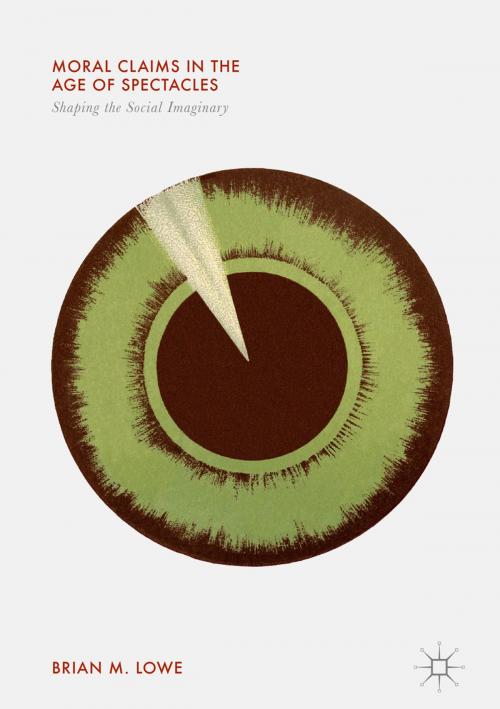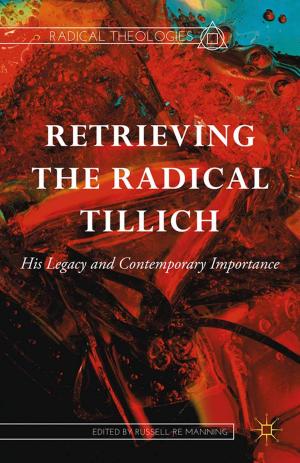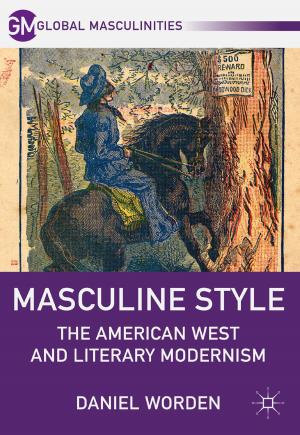Moral Claims in the Age of Spectacles
Shaping the Social Imaginary
Nonfiction, Health & Well Being, Psychology, Personality, Social & Cultural Studies, Social Science, Sociology| Author: | Brian M. Lowe | ISBN: | 9781137502414 |
| Publisher: | Palgrave Macmillan US | Publication: | August 9, 2017 |
| Imprint: | Palgrave Macmillan | Language: | English |
| Author: | Brian M. Lowe |
| ISBN: | 9781137502414 |
| Publisher: | Palgrave Macmillan US |
| Publication: | August 9, 2017 |
| Imprint: | Palgrave Macmillan |
| Language: | English |
This volume considers the rise of a new mode of creating, spreading, and encountering moral claims and ideas as they are expressed within spectacles. Brian M. Lowe explains how spectacles emerge when we are saturated with mediated representations—including pictures, texts, and videos—and exposed to television and movies and the myriad stories they tell us. The question of which moral issues gain our attention and which are neglected increasingly relates to how societal concerns are supported—or obscured—by spectacles. This project explores how this new form of moral understanding came to be. Through a series of case studies, including the use of radio and comic books; the crafting of Russian national identity through art; television and film; the evolution of human rights law through film and journalism; and the promotion of animal rights campaigns, this book unveils some of the ways in which our spectacular environment shapes moral understanding, and is in turn shaped by spectacle.
This volume considers the rise of a new mode of creating, spreading, and encountering moral claims and ideas as they are expressed within spectacles. Brian M. Lowe explains how spectacles emerge when we are saturated with mediated representations—including pictures, texts, and videos—and exposed to television and movies and the myriad stories they tell us. The question of which moral issues gain our attention and which are neglected increasingly relates to how societal concerns are supported—or obscured—by spectacles. This project explores how this new form of moral understanding came to be. Through a series of case studies, including the use of radio and comic books; the crafting of Russian national identity through art; television and film; the evolution of human rights law through film and journalism; and the promotion of animal rights campaigns, this book unveils some of the ways in which our spectacular environment shapes moral understanding, and is in turn shaped by spectacle.















